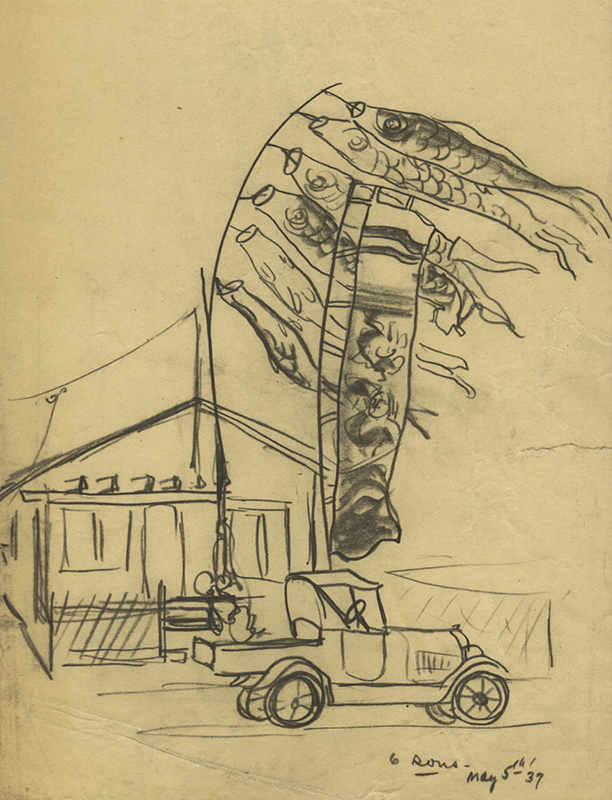
19th, 20th & 21st Century Fine Prints
707-546-7352 · fax 707-546-7924 · web: www.annexgalleries.com · email: artannex@aol.com
The Juggler by Dorr Bothwell

The Juggler
Dorr Bothwell
Title
The Juggler
Artist
Dorr Bothwell
1902 - 2000 (biography)Year
1949
Technique
color serigraph / screenprint
Image Size
19 1/16 x 14" image
Signature
pencil, lower right
Edition Size
5 of 45
Annotations
titled, dated and editioned in pencil
Reference
Paper
cream wove
State
published
Publisher
artist
Inventory ID
ABMM240
Price
SOLD
Description
